Beginner’s Guide to 8 Deck Blackjack

The Beginner’s Guide to blackjack 8 Deck Chart offers players a comprehensive understanding of the game, from basic rules to betting strategies. This variant of blackjack employs the use of eight decks of cards, thereby rendering the game more challenging and interesting. A comprehensive understanding of the game’s fundamental elements, including the significance of individual card values, the implications of a soft 17, and the principles governing doubling, is essential for optimising one’s chances of success. It is crucial to become acquainted with the strategy sheets and to utilise them during gameplay in order to make more informed decisions.
An Introduction to 8 Deck Blackjack
Eight-deck blackjack is one of the most popular varieties of the card game of blackjack, attracting a significant number of players across the globe. This variant of the game is typically played in casinos and differs from the smaller deck versions in terms of increased difficulty and the depth of strategic possibilities. The objective of the game is to obtain a total value of cards as close to 21 as possible, without exceeding this value.
What is 8 Deck Blackjack and Why It’s a Favorite Among Players
Eight-deck blackjack is a variant of the classic blackjack game, played with eight standard decks of 52 cards each. The popularity of this version of the game can be attributed to a number of factors.
- Firstly, the utilisation of a greater number of cards serves to diminish the predictability of the game, thereby rendering it more challenging to ascertain the requisite count.
- Secondly, 8 Deck Blackjack presents a variety of strategic options, which appeals to players who wish to utilise their analytical abilities.
How 8 Deck Blackjack Differs from Other Versions
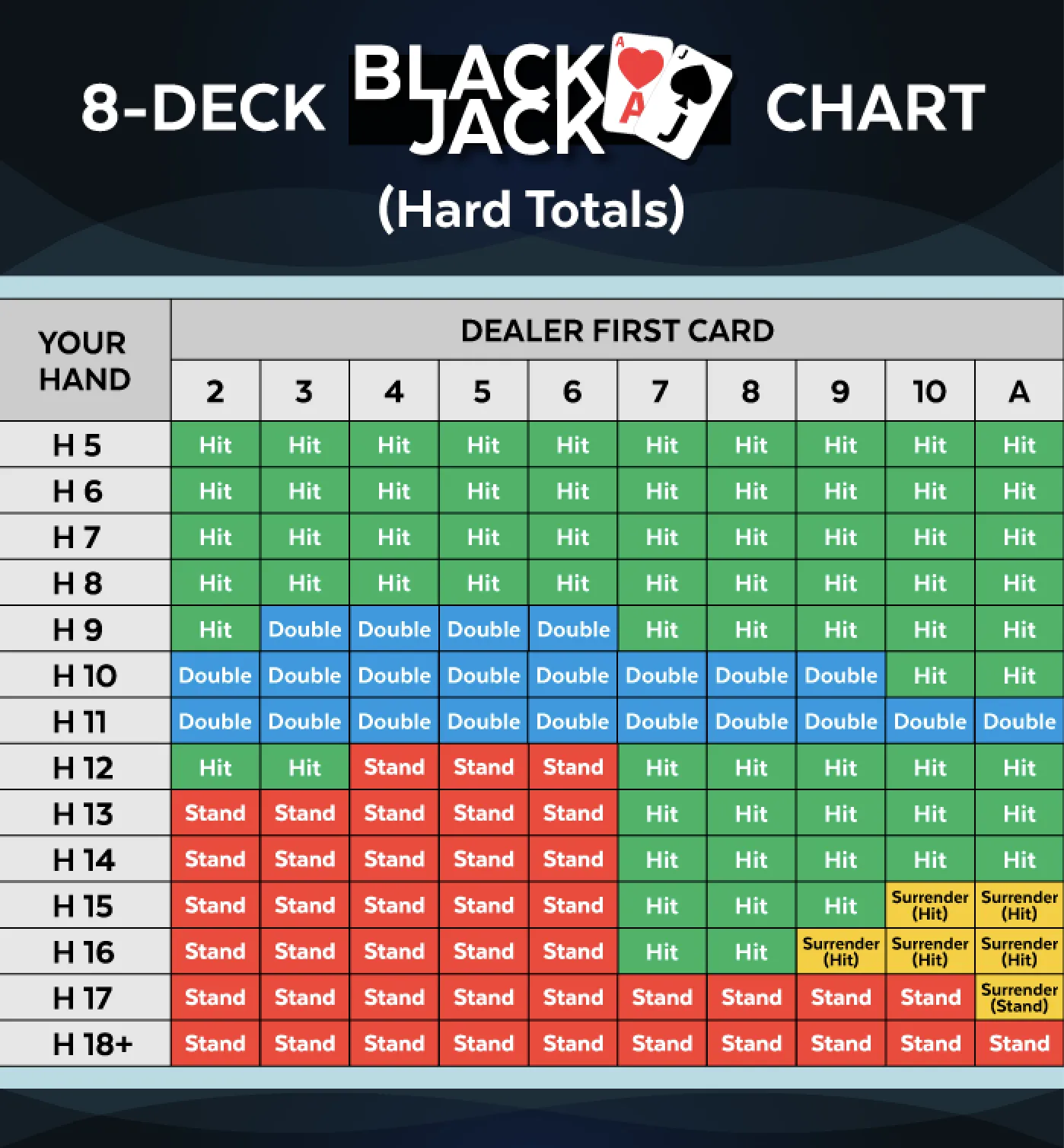 The main difference between Blackjack 8 Deck Chart and other versions is the number of decks used. To illustrate, in one-deck blackjack, the probability of obtaining identical cards is greater, thereby facilitating the counting process. In contrast, in an eight-deck game, the odds are subject to variation, thereby enabling the deployment of diverse risk management strategies. Furthermore, the rules governing betting and the behaviour of the dealer vary between different games.
The main difference between Blackjack 8 Deck Chart and other versions is the number of decks used. To illustrate, in one-deck blackjack, the probability of obtaining identical cards is greater, thereby facilitating the counting process. In contrast, in an eight-deck game, the odds are subject to variation, thereby enabling the deployment of diverse risk management strategies. Furthermore, the rules governing betting and the behaviour of the dealer vary between different games.
Essential Rules of 8 Deck Blackjack
The rules of 8 Deck Blackjack are analogous to those of the classic game of blackjack. Each player is dealt two cards, and the dealer is also dealt two cards, with one of them being covered. Players have the option to “hit” in order to obtain additional cards, “stand” to retain their current hand, double down, or split pairs. Subsequently, the dealer reveals their closed card and continues to draw additional cards until they have a sum of 17 or more. In the event that the player’s total exceeds 21, they are automatically deemed to have lost. The primary objective is to achieve a total that is less than or equal to 21 without exceeding this value.
Card Values and the Objective of the Game
In the game of 8 Deck Blackjack, the value of each card is as follows: cards between 2 and 10 are counted at face value, while Jack, Queen and King are valued at 10 points. The value of an Ace can be either 1 or 11, depending on the circumstances. The objective of the game is to attain a total of 21 points or a value closely approximating this sum while outperforming the dealer. To illustrate, if the player has amassed a total of 20 points and the dealer has accumulated 19, the player is declared the winner. Nevertheless, in the event that the player’s score exceeds 21, they are immediately eliminated from the game, thereby underscoring the importance of striking a balance between risk and safety in strategic gameplay.
Specific Rules for 8 Deck Play: Dealer Stands on Soft 17, Doubling Rules
In Blackjack 8 Deck Chart play, special rules can be used. One of them is the rule that the dealer must draw extra cards on a soft 17 (i.e. when he has an Ace, which counts as an 11). This rule increases the casino’s advantage over players, as the dealer has a higher probability of getting higher scores.
Understanding the Shoe and the Role of Multiple Decks
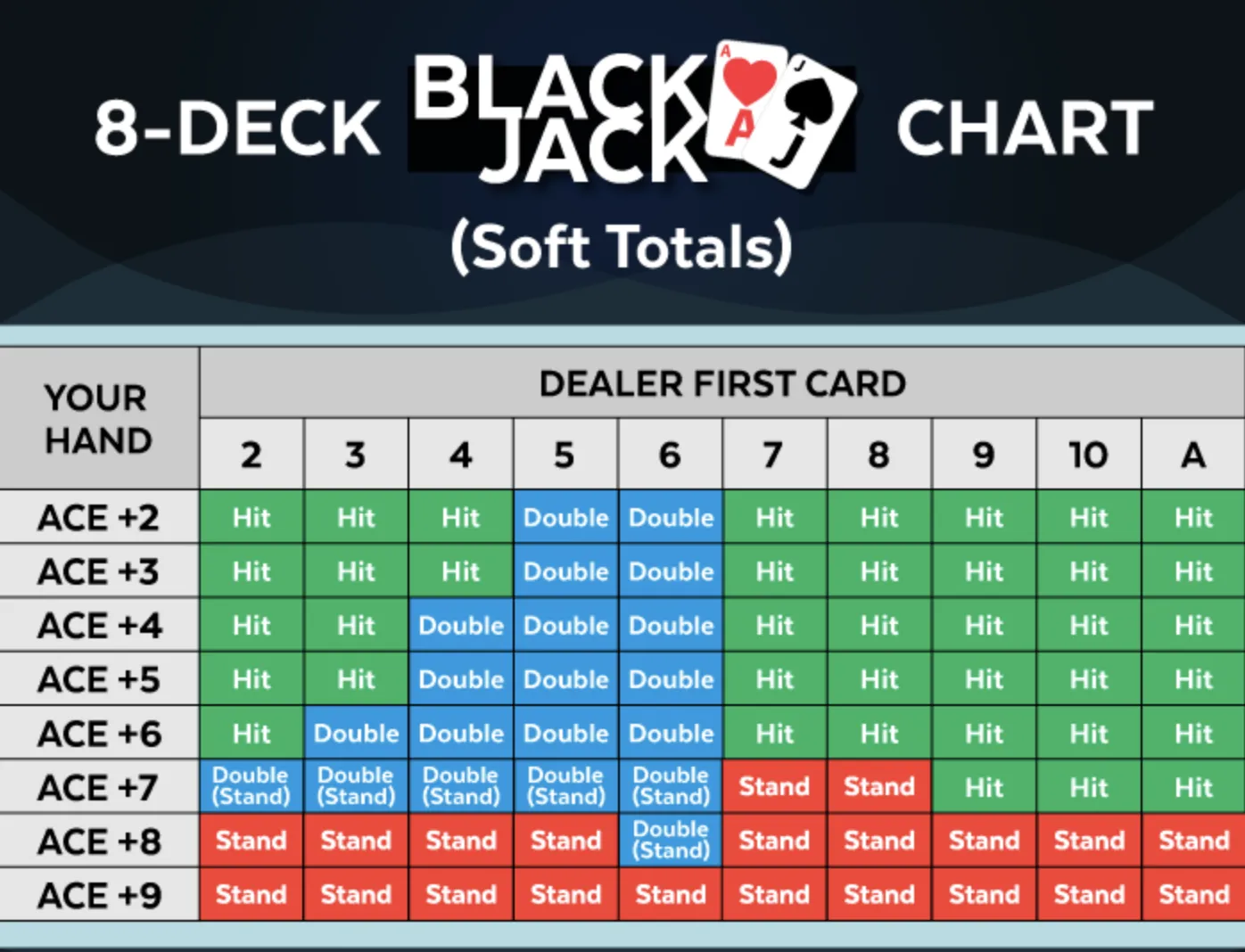
The utilisation of multiple decks in a game of blackjack will impact a player’s odds and strategic approach. This is based on the premise that an increase in the number of decks results in a reduction in the predictability of the game, thereby making it more challenging to accurately count cards. An understanding of the structure and features of the shoe (a special device for dealing cards) is of critical importance, as it affects the distribution of cards and the probabilities of cards appearing.
What is the Shoe in Blackjack?
In the context of blackjack, a shoe is a device that is utilised for the purpose of holding multiple decks of cards, thereby facilitating the automation of the dealing process. The device enables the dealer to distribute cards in a prompt and straightforward manner, thereby enhancing the pace of play. Furthermore, the act of card counting becomes more challenging for players when multiple decks are used simultaneously, as the analysis algorithms are rendered less efficient as a result.
How More Decks Influence Game Odds and Player Strategy
The employment of multiple decks in 8 Deck Blackjack renders the game more challenging for players, as the probability of acquiring specific cards is diminished. This renders card counting less efficacious and necessitates the utilisation of more intricate strategies, such as a fundamental strategy that contemplates disparate probabilities contingent upon the number of cards remaining in play. Moreover, some players employ bankroll management strategies to adapt to changing conditions related to the number of decks in play.
Basic Strategy for 8 Deck Blackjack
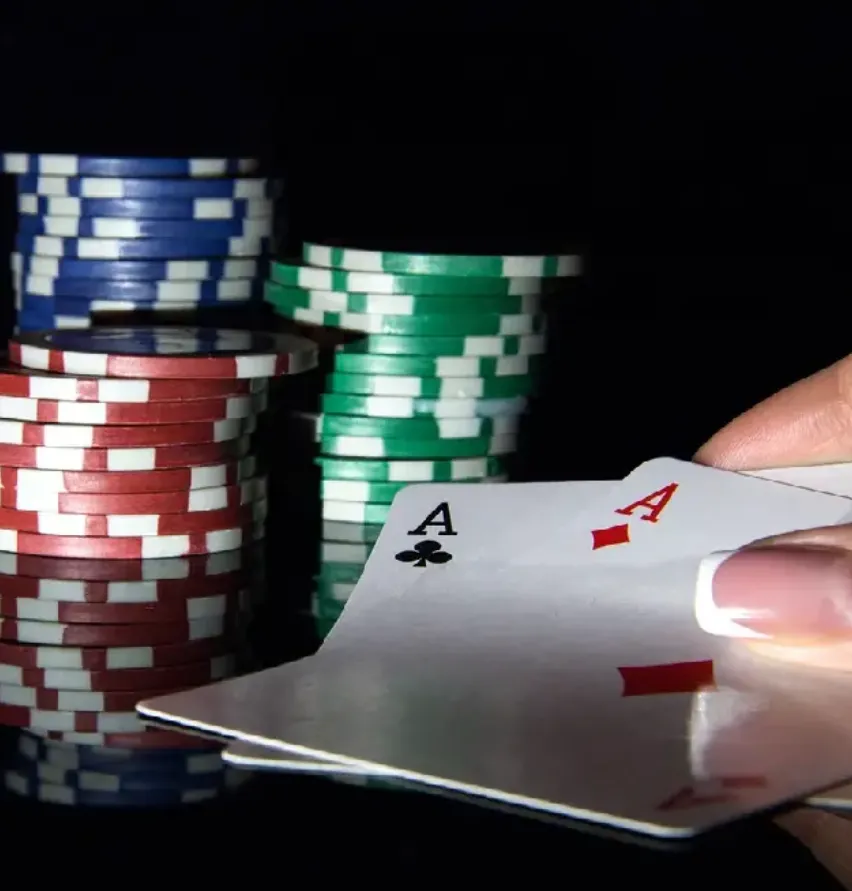
8 Deck Blackjack basic strategy includes a set of guidelines on how to proceed depending on the player’s point total and the dealer’s card. It is a set of rules based on probabilistic calculations that helps players make more informed decisions about when to hit, stand, double or split pairs.
The Importance of a Strategy Chart
Strategy charts are a valuable resource for those engaged in the game of blackjack, as they provide a comprehensive set of rules that delineate the optimal course of action for each potential combination of cards. The utilisation of a strategy chart enables players to make more informed decisions based on factors such as the dealer’s card and their own hand.
Examples of Basic Strategy Moves for Various Hands
The fundamental blackjack 8 Deck strategy allows for a variety of approaches contingent on the distribution of cards. For example, in the event that a player is in possession of an 8 or less, it is recommended that they always choose to beat. In the event that a player is in possession of a 10 or 11, it is recommended that they double their bet if the dealer’s card is less than 10. In the event that a player has a soft hand, falling between 13 and 18, and the dealer’s card is between 2 and 6, it is recommended that the player stand.
Common Player Actions

In the game of 8 Deck Blackjack, players are afforded a number of basic actions, including the options to hit, stand, double down, split, and fold. The appropriate course of action is determined on a case-by-case basis. A comprehensive understanding of these actions and the ability to apply them at opportune moments is crucial for success.
Explaining Hitting, Standing, Doubling Down, Splitting, and Surrendering
Each action in blackjack has a specific meaning and a strategic purpose. The action of “hitting” allows the player to draw an additional card, thereby enhancing their combination. The action of “halting” signifies the cessation of further play when a player has attained a level of confidence regarding their hand. A “double” is a wager that increases the initial bet and allows the player to draw one additional card. The “split” action is employed to divide pairs, thereby enhancing the probability of a favourable outcome. The “surrender” action permits the player to return half of their bet in the event of an unfavourable situation. The strategic deployment of these actions is a fundamental determinant of success in 8 Deck blackjack.
When and How to Use Each Option Effectively
The efficacy of actions is contingent upon the circumstances presented in the game. The term “beat” is employed when the accumulated score is relatively low in order to enhance the combination. The “freeze” strategy is most applicable when a player has already amassed a formidable hand, such as 18 or more. It is recommended that a player double up when they have 10 or 11 points against a weak dealer card. In the event of there being pairs, the recommended action is to “split”. Conversely, when the probability of winning is minimal, the recommended action is to “surrender”. The strategic application of these actions can have a significant impact on the outcome of the game.
Payouts and Betting Strategies
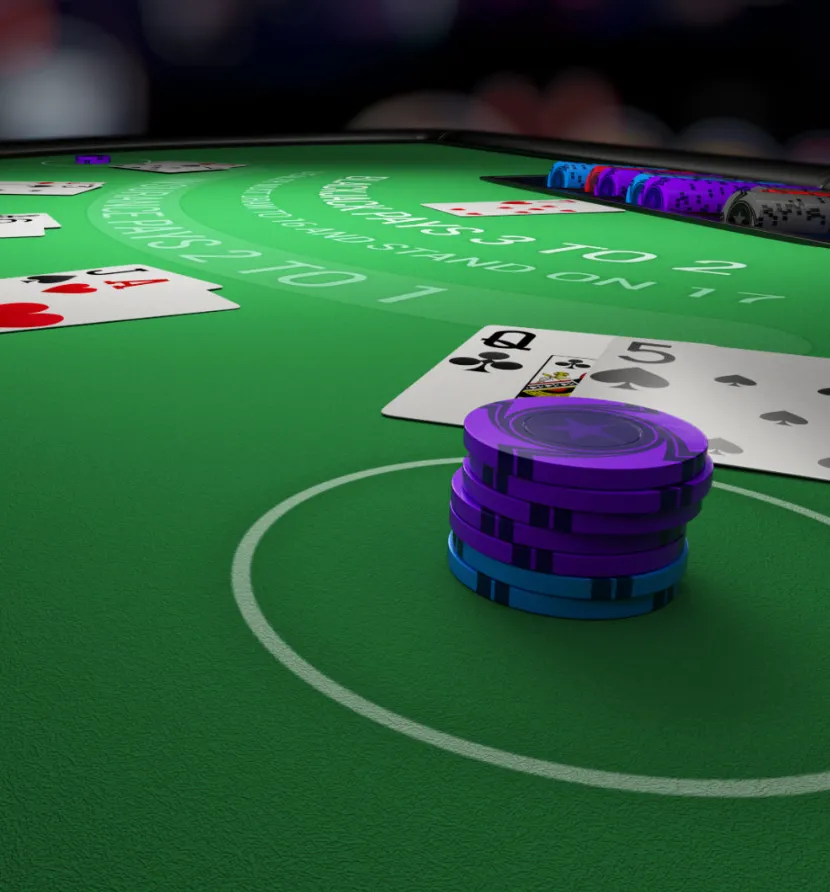
8 Deck Blackjack payouts vary depending on the type of winnings. Standard payouts are 1:1 for regular wins and 3:2 for blackjack. Insurance bets usually pay out 2:1, but their use is not recommended for beginners. Developing betting strategies will help players maximize their winnings and minimize losses, which is a particularly important aspect of the game.
Standard Payouts for Natural Blackjack, Wins, and Insurance Bets
It is crucial to comprehend the standard payouts associated with 8 Deck Blackjack in order to accurately assess potential winnings. In the case of a Natural Blackjack, the player is remunerated at a ratio of 3:2, which represents the most lucrative combination. The standard winnings are paid out at a ratio of 1:1, whereas an insurance bet is considered to be a 2:1. Nevertheless, a considerable number of players are reluctant to place insurance bets, primarily due to their relatively low profitability and high risk. An understanding of these payouts enables players to construct more effective gambling strategies.
Basic Betting Strategies to Maximize Wins and Minimize Losses
The specific betting strategy employed by any given player is contingent upon that player’s individual style of play and the objectives they seek to achieve. The most prevalent strategies are the Martingale and fixed odds approaches. In the Martingale strategy, the bet is doubled after a loss, whereas in the fixed 8 Deck blackjack odds strategy, the player maintains the same amount for each round. The establishment of limits on losses and winnings is an effective method for maintaining control of the bankroll and reducing the risk of bankruptcy.
Tips for Beginners
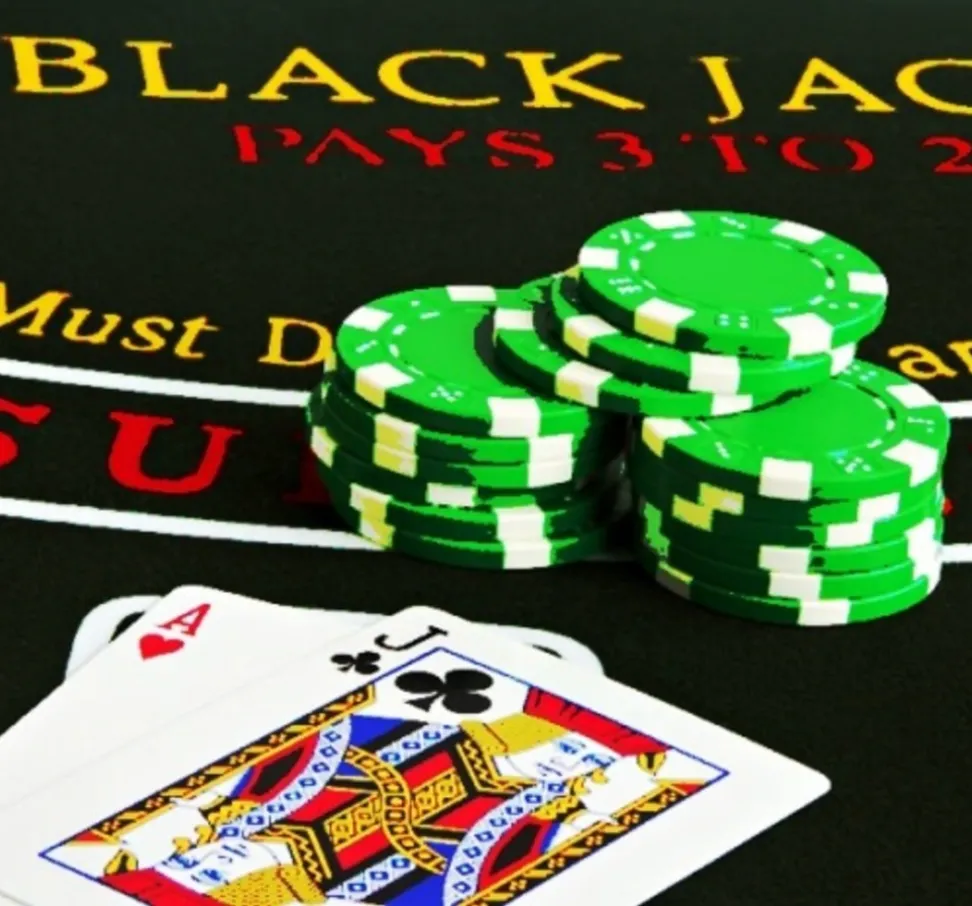
Beginning players should consider a few practical tips to improve their gameplay. First, it is important to learn the basic rules as well as the basic strategy for blackjack chart 8 Deck. It is best to start with low stakes to avoid big losses. Practicing on free platforms will also help to develop skills before playing for real money. In addition, it is a wise decision to use strategy charts while playing to increase your confidence in your actions.
Practical Advice to Enhance Your Gameplay
The following advice is offered for the purpose of improving one’s gameplay in 8 Deck Blackjack. It is comprised of several key aspects.
- Firstly, it is crucial to gain an understanding of and commit to memory the fundamental principles of blackjack strategy. This will equip you with the ability to make more informed decisions in a variety of game situations.
- It is recommended that novice players refrain from placing wagers and instead set personal limits on losses and wins in order to maintain control of their financial resources.
- Practice on free platforms is beneficial for consolidating skills and boosting confidence before engaging in real-money gaming.
- Furthermore, it is recommended that one closely observe the actions of other participants in order to gain a deeper understanding of the dynamics and actions of the dealer.
In conclusion, maintaining composure and concentration while engaged in the game is conducive to superior outcomes and mitigates the likelihood of emotional decision-making.
FAQ
1. What is 8 Deck Blackjack?
8 Deck Blackjack is a version of the classic card game where eight decks of cards are used, making the game more challenging and affecting the odds and strategy.
2. How does the number of decks impact the game?
The use of eight decks in Blackjack increases the house edge slightly and makes card counting more difficult due to the greater number of cards in play.
3. What are the basic rules of 8 Deck Blackjack?
The rules are similar to traditional Blackjack: aim to get as close to 21 as possible without going over, with cards valued at face value, face cards worth 10, and aces worth either 1 or 11.
4. What should beginners keep in mind when playing 8 Deck Blackjack?
Beginners should familiarize themselves with basic Blackjack strategies, such as when to hit, stand, double down, and split, and practice those before progressing to more complex strategies.
5. Are there strategies that work best for 8 Deck Blackjack?
While basic Blackjack strategy applies, 8 Deck Blackjack requires more careful decision-making due to the increased number of decks, and advanced players often use card counting to gain an advantage, though this is more difficult in multi-deck games.


